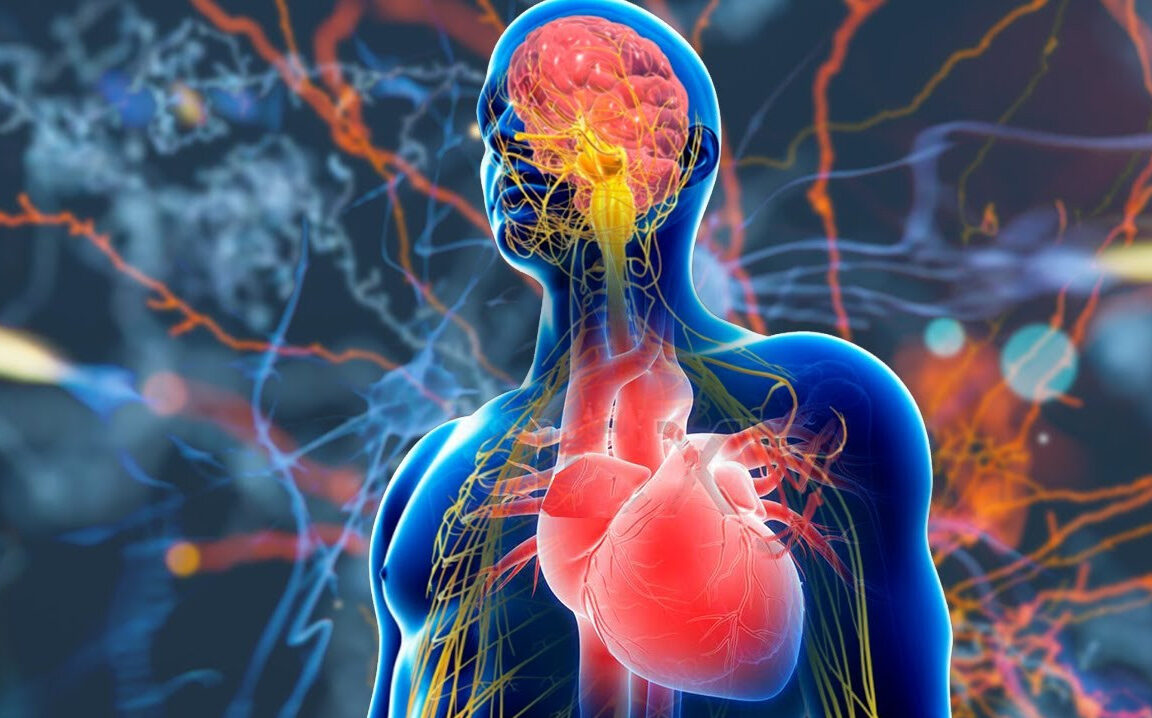Calls for Ukraine
Calls for Europe
Calls for USA

Nearly every disease has an inflammatory component, but blood tests cannot accurately detect the presence of inflammation in specific organs or tissues of the human body.
Now, researchers at Case Western Reserve University have developed a method for detecting inflammation using antibodies, which could lead to the creation of blood tests for biomarkers of specific diseases such as heart disease, Alzheimer’s disease and various cancers. Their achievement also holds promise for drug discovery.
The results of this study were published yesterday in the journal Proceedings of the National Academy of Sciences (PNAS) and will lead to many avenues for future developments.
“Our discovery leads directly to a better understanding of inflammation and disease detection, as well as the development of new drugs,” said study leader Greg Tochtrop, professor of chemistry at Case Western Reserve
Inflammation leaves traces
Tochtrop discovered that some compounds formed by interacting with reactive oxygen species (ROS) — highly reactive oxygen-containing chemicals that can damage DNA, proteins and lipids — react in a very unique way that allows them to be detected by antibodies.
During inflammation, immune cells produce ROSs to destroy bacteria and other pathogens. ROSs can also be produced by environmental factors such as ultraviolet light, pollution, radiation, and smoking. Excess ROSs can damage cells and tissues.
Tochtrop and colleagues investigated how ROSs can react with linoleic acid found in all cell membranes to form compounds that can bind to RNA, DNA and proteins called epoxyketo-octadecanoic acids (EKODЕs).
Tochtrop found that EKODEs react with nucleic acid cysteine in a previously undescribed way, forming stable bonds. These compounds then accumulate in body tissues that suffer from oxidative stress, such as the brain, heart, liver and other organs. Tochtrop developed antibodies to these compounds in mouse models and was able to detect the accumulation of a variety of types of EKODEs in different tissues in both mice and humans.
“What makes this method so interesting and potentially valuable,” says Tochtrop, ”is that we can detect unique compounds and their concentrations in different tissues and organs, which means potentially detecting a whole range of diseases with a single blood test.
The inflammation test is similar to the glycolyzed hemoglobin test in diabetes, which measures the concentration of glucose-coated hemoglobin, which reflects the level of glucose circulating in the blood over the past three months. The EKODEs test can detect abnormalities in the oxidative stress system in certain organs and show which organ or tissue has developed inflammation.
Search for disease-specific biomarkers
The next step, Tochtrop said, will be to identify the different targets of EKODEs in individual organs and tissues to correlate biomarkers with specific diseases. He is particularly interested in EKODEs produced in the eye in response to age-related macular degeneration or diabetic retinopathy, which affect vision.
Tochtrop explained why these biomarkers had not been identified before: researchers had to develop many new tools in the lab to find them.
Potential for new drug discovery
The study may also help in drug discovery as the identified reactive cysteines could be a target for drug discovery, which is a valuable outcome of this study.
Please rate the work of MedTour
